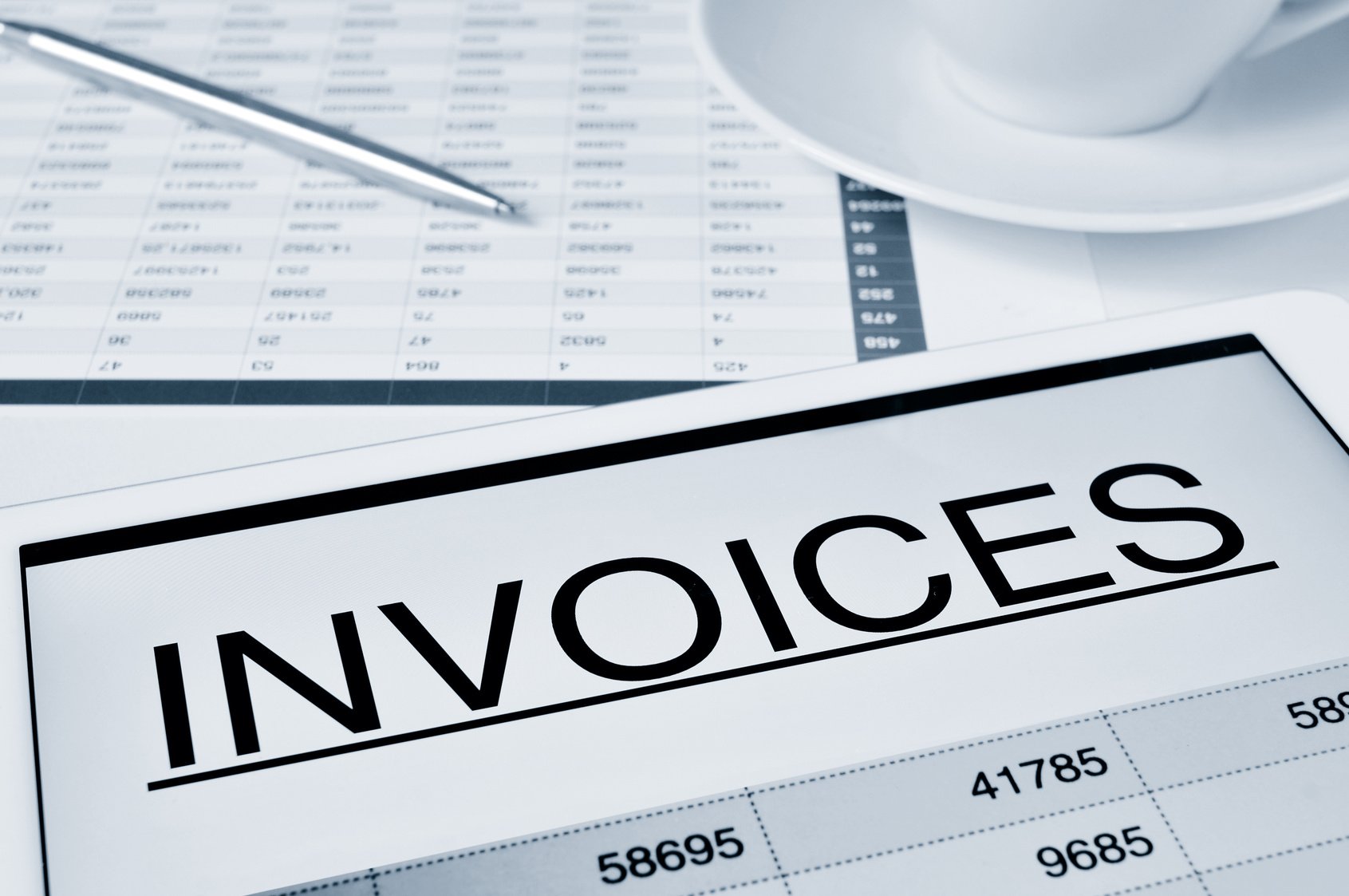
Most self-employed business owners struggle with three areas of their businesses: consistently finding enough business, scaling beyond the personal production of the owner, and collecting all of what they are owed on a timely basis.
After working with thousands of CPA, doctors, attorneys, engineers, and consultants my best advice to you is to start with your collections practices. While it may not be glamorous or sexy, the results you’ll enjoy are fast and at times mind blowing.
Let me start off with an example. One of our business coaching clients Clint is a health professional who owns a physical therapy business. While I was talking to him on a group coaching session earlier in the week he shared that he has $120,000 in receivables that were older than 120 days. I explained to Clint that since his business operates at a 25 percent operating margin (i.e. 25 cents of every dollar of sales is profit) that his $120,000 in “bad” receivables was the equivalent of him generating $480,000 in increased sales. In other words, if Clint were to have collected on those $120,000 of receivables, it would have the same impact to his bottom line as him generating an additional half million in sales!
It’s been my experience that most self-employed professionals do a poor job collecting what they’re owed, and as a result, they lose out on tens of thousands (and in Clint’s case, hundreds of thousands of dollars) of additional profit that they have earned.
Here are my five best tips to collect more of what you’re owed—faster.
Tip One:
Front load your collections efforts. Remember, the faster you collect the more likely you are to get paid. Ideas to front load your collections efforts include:
- Invoice immediately upon completing your client’s work (or at pre-agreed upon completion milestones). Don’t wait to invoice all your clients once a month on the same day, invoice as you go, at the very least, weekly.
- Make the phone call to ask for payment right away, not after the client is 60-90 days late. “Hi Bill, I was just touching base to make sure you got the report you had us generate. Did you have any questions for me? No? Great, and did you get the invoice I emailed you? Wonderful, did you want to pay right now with a credit card or send out a check today or tomorrow?” Don’t shy away from asking for payment.
Tip Two:
Many collection issues are really a record keeping issue. Make sure you track closely which of your clients owes how much. Consider a software solution to help you with your billing and do what it takes to input into your billing software on a timely basis. If you have other staff who work for you, put a simple check in place to make sure they are inputting their billing into the software daily.
Tip Three:
Get paid up front. If you can’t get paid up front, can you at least get a deposit or retainer? If your project take more than 30 days, negotiate to set up progress payments at key project milestones. Can you offer an incentive to prompt your client to pay up front? Not only will it improve your cash flow, but it eliminates the collections costs you would have had and any “bad debt” you potentially might have had to factor in.
Tip Four:
Optimize your collection cycle. If you must wait to get paid, speed up the time it takes. Your collection cycle is the time between when you have costs for producing the project (i.e. “cost of goods sold”) and the date you get paid. Many self-employed professionals have collections cycles that beyond 90 days. Ideas to reduce your collection cycle include:
- Speed up your production of the work. For example, if you’re a CPA turning out a tax return, can you get the work out the door in 15 days versus 30 days? One CPA firm we coached speed up its production time for the average tax return to 12 days. This allowed them to bill for work 50 percent faster than in prior years.
- If you subcontract portions of the work out, can you arrange better billing terms so that you delay your costs for the work by 15-30-60 days? This has the effect of speeding up your collections cycle.
Tip Five:
Pay attention! The biggest reason why self-employed professionals are notoriously poor at collections is because they choose to not pay attention to it. Yes that is a choice, and a costly one at that. Unless your business is collecting over 95 percent of what it is owed on a timely basis, I recommend that you look at an “aged A/R report” (you can pull this straight from your accounting program) weekly. Yes weekly. Then schedule in time each week to make the phone calls and send out the emails to ask for payment. Remember, the only thing worse than not making the sale is making the sale, fulfilling on the work, but not getting paid.
__________
David Finkel is the Wall Street Journal bestselling author of Build a Business, Not a Job! His business coaching company, Maui Mastermind®, has hundreds of clients around the world. To get a complimentary copy of one of his latest business bestsellers, visit www.MauiMastermind.com/freebook.
Twitter: https://twitter.com/mauimasterminds








